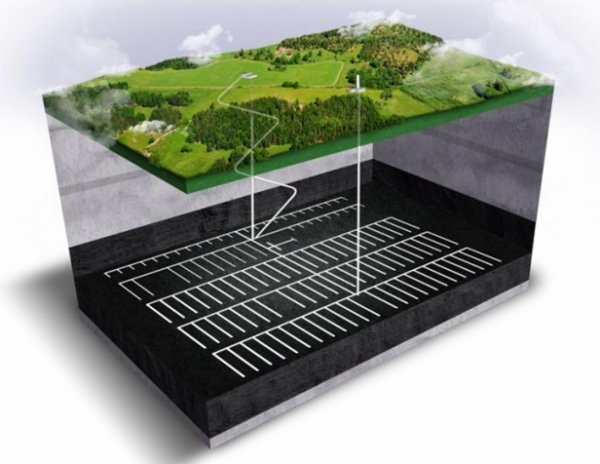Deep geological repository project presented to the Geological Society of Lithuania
2024

Representatives of Ignalina Nuclear Power Plant (INPP) presented the Deep Geological Repository (DGR) project at a club organised by the Geological Society of Lithuania and gave an overview of the process of selection of potential sites for the DGR.
"The selection of the potential site for the Deep Geological Repository will be largely determined by the suitability of the geological formations, which, together with the engineering solutions, will provide barrier protection to prevent the penetration of radionuclides to the outside for thousands of years," emphasised the IAE Senior Specialist, Dr. Vaidotė Jakimavičiūtė-Maselienė, who introduced the project to the geological scientists and practitioners who attended the meeting.
After the DGR presentation, members of the geological community actively participated in the discussion, asked questions and shared their insights. In the context of the future drilling works to be carried out within the scope of the DGR project, investigating geological structures and other parameters, it was agreed that the results obtained in the above-mentioned studies will be very useful in the future in the preparation of scientific and educational materials, as the territory of Lithuania has been unevenly explored so far.
The geological surveys within the scope of the DGR project are carried out by the Lithuanian Geological Survey, which also determines the main geological selection criteria for the repository, and approves all geology-related activities planned for the installation.
A deep geological repository is an engineering structure to be built deep underground, several hundred metres deep, to manage long-lived radioactive waste, which will be stored in the repository for 100,000 years until it becomes non-hazardous.
Deep geological repository disposal is currently the only sustainable and safest way of final management of radioactive waste that is technically feasible with current means, and allows the isolation of high-level waste from humans and the biosphere.
Construction of the DGR is planned for 2058. Until then, the selected potential sites will be investigated and assessed in a comprehensive and integrated manner. Only after comprehensive and detailed studies, assessing geological, geophysical and seismic data from deep boreholes, and public consultation, is it envisaged that a final site for the deep repository will be selected.

